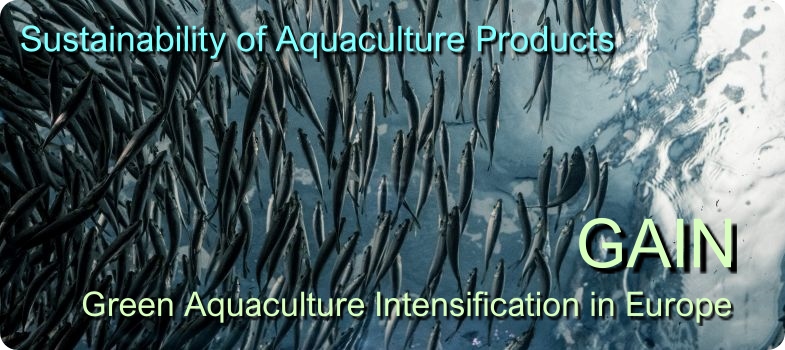Local Environmental Impacts
LCA provides impact assessment very much from a global perspective. Few studies attempt to contextualise emissions from a local or regional level although some methodology has been incorporated that allows for some regional assessment of water scarcity (Pfister et al., 2016) and freshwater eutrophication (Henryson et al., 2017; Dekker et al., 2019). Locally contextualised impacts also need to be assessed to provide a comprehensive assessment of aquaculture systems. Therefore, some indicators become specific to the farm rather than the value chain. Farm specific environment indicators of interest include sludge build-up and benthic impact from organic enrichment due to fish excrement and waste feed. Others are the number of escapees as well as some qualitative indicators that will be discussed below.
Benthic impact has long been a concern for marine cage farming which can be considerable if there is not enough current to disperse suspended solids before they settle. The benthic impact is therefore a function of the feed composition, its use, the depth and more importantly, the current or “tidal amplitude” of the receiving water body. The full methodology for estimating benthic deposition can be seen in Gillibrand et al. (2002) and subsequent publications.
Ford et al. (2012) suggested the incorporation of indicators for the assessment of the local impact of aquaculture, although the indicators only considered certain types of salmon production. The article also highlights the difficulty in obtaining adequate data and large areas of uncertainty attached to some indicators, particularly “end-point” indicators such as the effect on wild salmon populations or biodiversity which would be almost impossible to directly link to salmon farming practices. The difficulty in acquiring appropriate data that are transferable between systems and locations is a key factor in the ability to assess and compare worldwide aquaculture production. The Global Aquaculture Performance Index (GAPI)(Volpe et al., 2013) also highlighted this problem. For many of the systems and species that were studied, a worst-case scenario was assumed where no data could be collected, skewing the results positively towards western systems where data were more readily available. Certification schemes such as ASC (2021), BAP (2020) and (GlobalGAP, 2021) also provide comprehensive standards for assessing the sustainability of farm operations and therefore certification in itself is often a good indicator of meeting environmentally and socially responsible practices. Valenti et al. (2018) also proposed a wide range of environmental and socioeconomic indicators that span the value chain. However, similar issues remain with acquiring relevant data.
